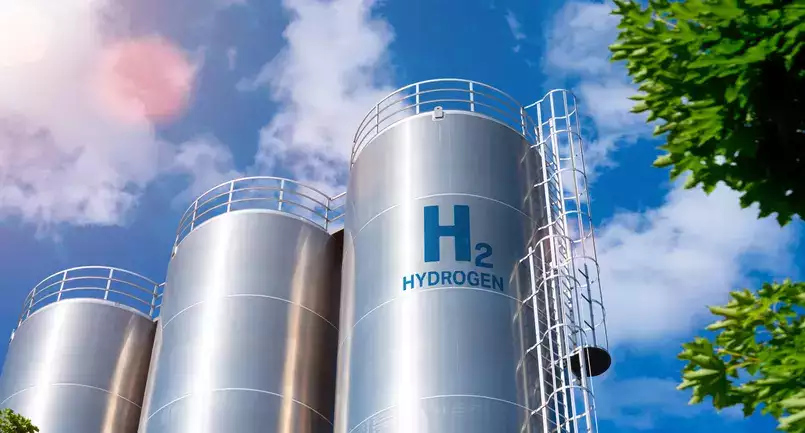India is taking a bold step toward a sustainable future with the launch of the National Green Hydrogen Mission. This mission, which received approval in January 2022, has a clear goal: to position India as a key player in the production and supply of green hydrogen, a crucial element in the nation’s transition to renewable energy and its commitment to achieving Net Zero emissions by 2070.
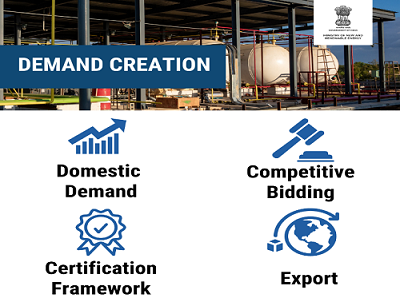
So, what exactly is green hydrogen, and why is it so vital? Green hydrogen is produced through the electrolysis of water, powered by electricity generated from renewable energy sources. The carbon footprint of green hydrogen depends on the source of the electricity used, making it a clean and sustainable energy carrier.
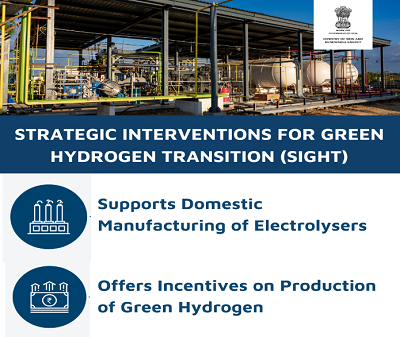
But this mission isn’t just about environmental benefits; it’s also about reducing India’s reliance on imported fossil fuels. Currently, India imports a significant amount of fossil fuels, draining its economy. By embracing green hydrogen, India aims to cut fossil fuel imports by a staggering INR 1 trillion, providing a much-needed boost to its economy.
Similar Posts
The National Green Hydrogen Mission has ambitious targets to achieve by 2030:
- Develop a green hydrogen production capacity of at least 5 million metric tonnes per year, accompanied by the addition of 125 gigawatts of renewable energy capacity within the country. This is a massive stride toward a sustainable energy ecosystem.
- Mobilize over Rs. 8 lakh crore in investments, showcasing the financial commitment to this mission.
- Create more than six lakh jobs, an impressive boost to employment opportunities.
- Achieve a cumulative reduction in fossil fuel imports worth over Rs 1 lakh crore, demonstrating a significant shift toward self-reliance and sustainability.
- Abate nearly 50 million metric tonnes of annual greenhouse gas emissions, a crucial contribution to mitigating climate change.
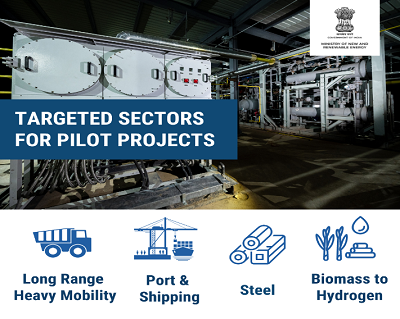
To put these targets into perspective, consider that India currently has only two hydrogen refueling stations. However, NTPC is set to inaugurate India’s first public green hydrogen fuelling station in Ladakh, marking a significant step forward. It will supply fuel to hydrogen fuel cell buses, showcasing the practical applications of green hydrogen in transportation.
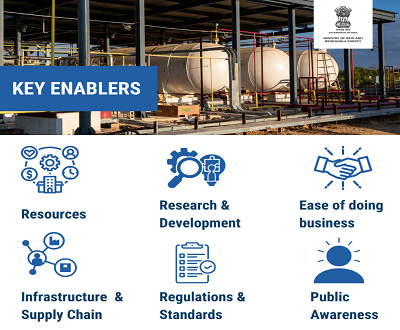
Moreover, the Union Cabinet approved a substantial investment of Rs 19,744 crore for the National Hydrogen Mission in January 2023. This funding includes allocations for research and development, pilot projects, and the Sustainable India Green Hydrogen and Technologies (SIGHT) program, emphasizing the comprehensive approach to this mission.
In the world of hydrogen, there are different categories based on the production method:
- Green Hydrogen: Cleanly produced from water electrolysis using renewable energy, promising a low carbon footprint.
- Grey Hydrogen: Produced through carbon-intensive processes like coal or natural gas, posing environmental challenges.
- Blue Hydrogen: Produced from natural gas or coal with carbon capture technologies to reduce emissions.
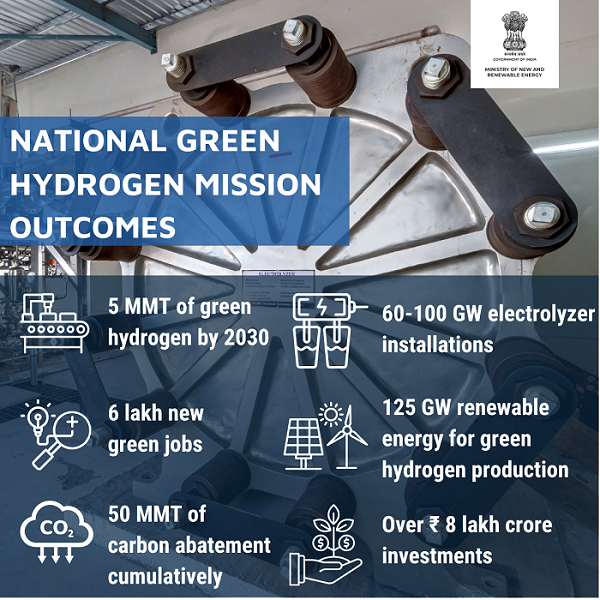
The National Green Hydrogen Mission is all about embracing green hydrogen and propelling India into a sustainable energy future. It’s not just an environmental move; it’s a strategic economic decision that promises a brighter, cleaner, and more self-reliant future for the nation. As we stand on the cusp of a hydrogen-powered era, India is taking the lead in this vital journey towards a greener tomorrow.
